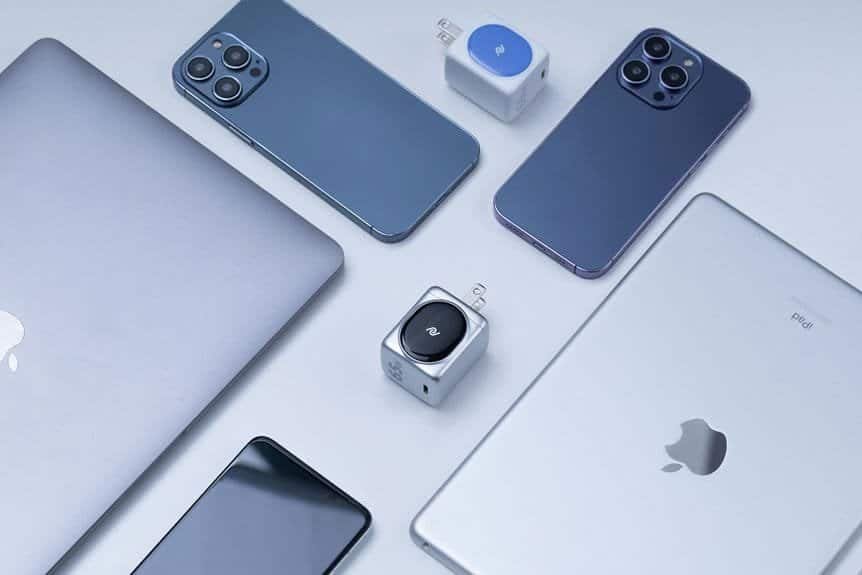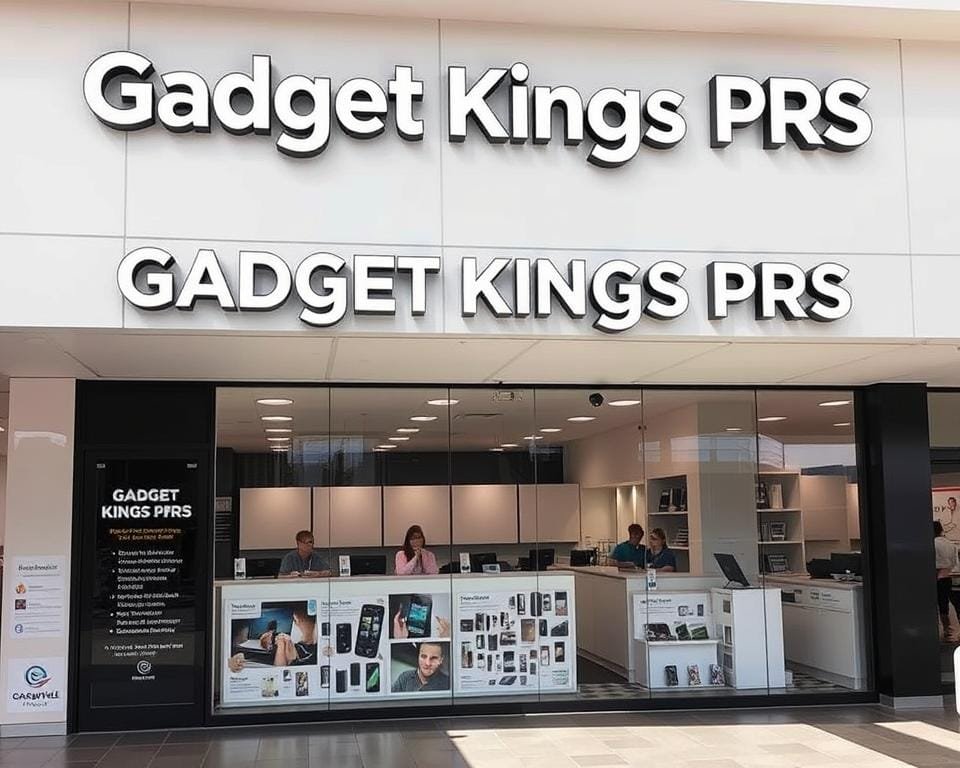Top 5 Common Phone Problems and How to Fix Them in Oxley
December 30, 2024 | by search.wizards.info@gmail.com

In today’s digital age, smartphones have become an essential part of our daily lives. From communication to entertainment, we rely on our phones for a wide range of tasks. However, like any electronic device, smartphones are prone to various issues that can disrupt their functionality. From battery drainage to software malfunctions, there are several common phone problems that users may encounter. In this article, we will explore some of the most prevalent issues that smartphone users face and provide tips on how to address them effectively.
Battery Drainage and Overheating
One of the most common problems that smartphone users encounter is battery drainage and overheating. This issue can be particularly frustrating, as it can significantly impact the usability of the device. There are several factors that can contribute to battery drainage and overheating, including background apps, screen brightness, and software updates. To address this issue, users can start by identifying and closing any unnecessary background apps that may be draining the battery. Additionally, adjusting the screen brightness and disabling unnecessary features such as location services can help conserve battery life. It is also important to keep the phone updated with the latest software, as manufacturers often release updates that address battery optimization and performance issues.
Battery drainage and overheating can also be caused by a faulty or aging battery. In such cases, it may be necessary to replace the battery to restore the phone’s performance. Users should also be mindful of their charging habits, as using third-party chargers or leaving the phone plugged in for extended periods can contribute to overheating and reduced battery life. By taking proactive steps to manage battery usage and addressing any hardware issues, users can effectively mitigate the impact of battery drainage and overheating on their smartphones.
Poor Reception and Connectivity Issues
Another common problem that smartphone users encounter is poor reception and connectivity issues. This can manifest as dropped calls, slow internet speeds, or difficulty connecting to Wi-Fi networks. Poor reception and connectivity issues can be caused by a variety of factors, including network congestion, signal interference, and hardware issues. To address this problem, users can start by checking for any network outages or service disruptions in their area. If the issue persists, it may be necessary to reset the network settings on the phone or contact the service provider for assistance.
In some cases, poor reception and connectivity issues may be related to hardware problems, such as a damaged antenna or SIM card. Users can troubleshoot these issues by removing and reinserting the SIM card, or testing the phone with a different SIM card to determine if the issue is related to the hardware. Additionally, users can try switching between different network modes (such as 4G or 3G) to see if this improves connectivity. By taking these steps and staying informed about network conditions in their area, users can effectively address poor reception and connectivity issues on their smartphones.
Slow Performance and Freezing
Slow performance and freezing are also common issues that smartphone users may encounter. This can manifest as laggy app launches, unresponsive touchscreens, or frequent system crashes. Slow performance and freezing can be caused by a variety of factors, including insufficient storage space, outdated software, or excessive background processes. To address this issue, users can start by clearing the cache and data of frequently used apps to free up storage space and improve performance. It is also important to keep the phone updated with the latest software, as manufacturers often release updates that address performance issues and security vulnerabilities.
In some cases, slow performance and freezing may be related to hardware problems, such as a damaged storage drive or insufficient RAM. Users can troubleshoot these issues by running diagnostic tests or performing a factory reset to restore the phone to its original state. Additionally, users can try disabling unnecessary background processes and animations to improve performance. By taking these steps and staying proactive about managing storage space and software updates, users can effectively address slow performance and freezing on their smartphones.
Cracked or Damaged Screen
A cracked or damaged screen is a common issue that smartphone users may encounter, particularly if the device is dropped or mishandled. A cracked screen not only affects the aesthetics of the phone but can also impact its functionality, making it difficult to use the touchscreen or view content clearly. To address this issue, users can start by assessing the extent of the damage and determining if it is limited to the screen or if there are underlying hardware issues. In some cases, a cracked screen may be purely cosmetic and not affect the phone’s functionality.
If the damage is limited to the screen, users can consider replacing the screen themselves using a DIY repair kit or seek professional assistance from a certified technician. It is important to exercise caution when attempting DIY repairs, as improper handling can cause further damage to the phone. Users should also consider investing in a protective case or screen protector to prevent future damage to their smartphones. By taking proactive steps to address a cracked or damaged screen, users can restore the functionality and aesthetics of their phones.
Water Damage
Water damage is another common issue that smartphone users may encounter, particularly if the device is exposed to moisture or submerged in water. Water damage can cause a wide range of issues, including corrosion of internal components, malfunctioning buttons, or a non-responsive touchscreen. To address this issue, users should immediately power off the phone and remove any protective cases or accessories. It is important to avoid turning on the phone or attempting to charge it, as this can cause further damage to the internal components.
Users can attempt to dry the phone by placing it in a bag of uncooked rice or using a desiccant packet to absorb moisture. It is important to allow the phone to dry completely before attempting to power it on again. If the phone does not power on or exhibits signs of water damage after drying, users should seek professional assistance from a certified technician. It is important to note that water damage may not always be covered under warranty, so users should exercise caution when handling their phones around water to prevent potential damage.
Software and App Malfunctions
Software and app malfunctions are also common issues that smartphone users may encounter, particularly after installing new apps or system updates. This can manifest as app crashes, unresponsive interfaces, or error messages when using certain features. Software and app malfunctions can be caused by a variety of factors, including compatibility issues, corrupted data, or insufficient system resources. To address this issue, users can start by clearing the cache and data of problematic apps to resolve any corrupted files or settings.
It is also important to keep the phone updated with the latest software and app updates, as developers often release patches that address performance issues and security vulnerabilities. If an app continues to malfunction after clearing its cache and updating it, users can consider uninstalling and reinstalling the app to resolve any underlying issues. In some cases, software malfunctions may be related to system-wide issues that require a factory reset or professional assistance from a certified technician. By staying proactive about managing software updates and troubleshooting app malfunctions, users can effectively address software and app issues on their smartphones.
In conclusion, smartphones are prone to various issues that can disrupt their functionality and impact user experience. From battery drainage to software malfunctions, there are several common problems that smartphone users may encounter. By taking proactive steps to manage battery usage, address connectivity issues, optimize performance, protect against physical damage, and troubleshoot software malfunctions, users can effectively mitigate the impact of these common phone problems on their smartphones. It is important for users to stay informed about best practices for maintaining their phones and seek professional assistance when necessary to ensure optimal performance and longevity of their devices.
RELATED POSTS
View all



 Choose repair by clicking (book now)
Choose repair by clicking (book now)